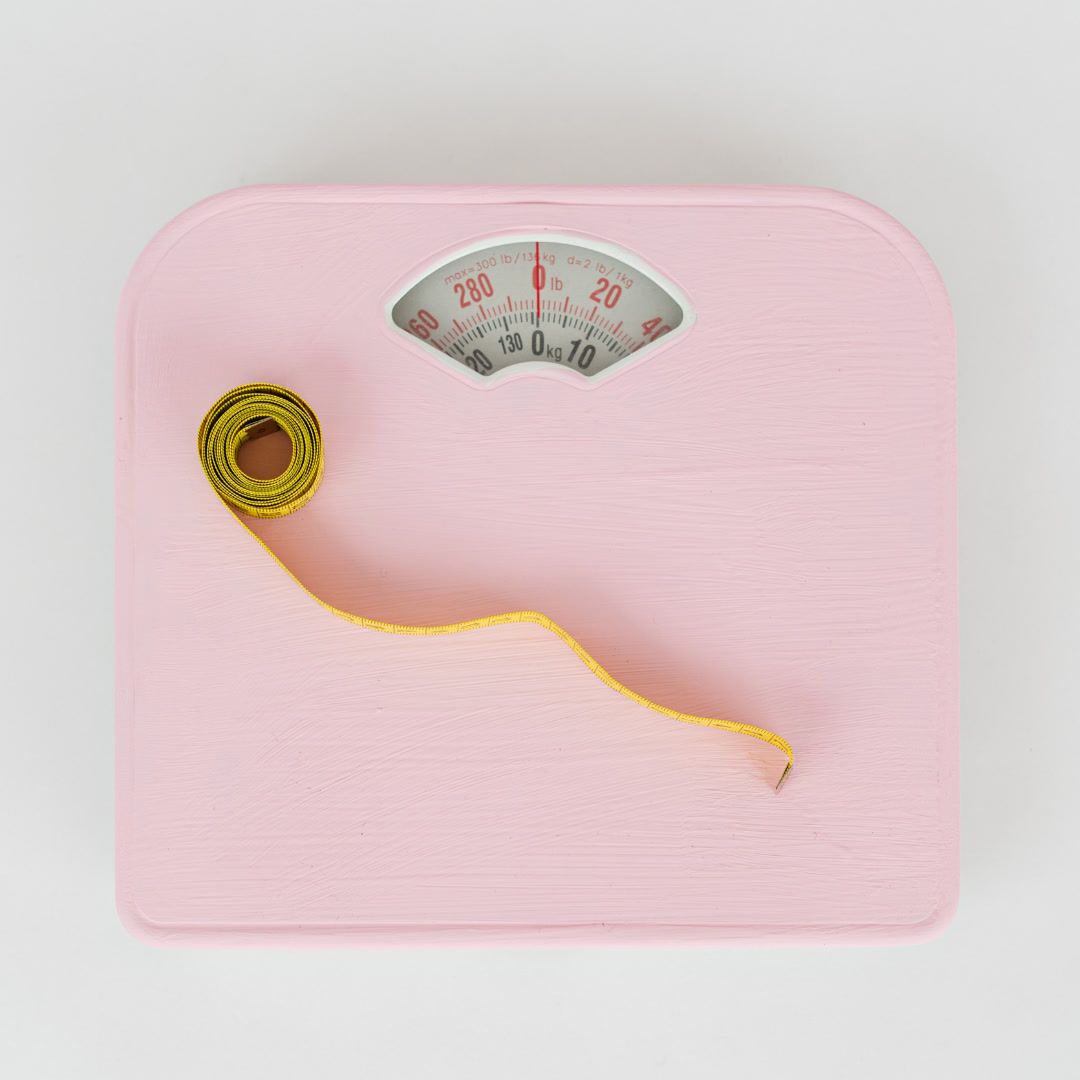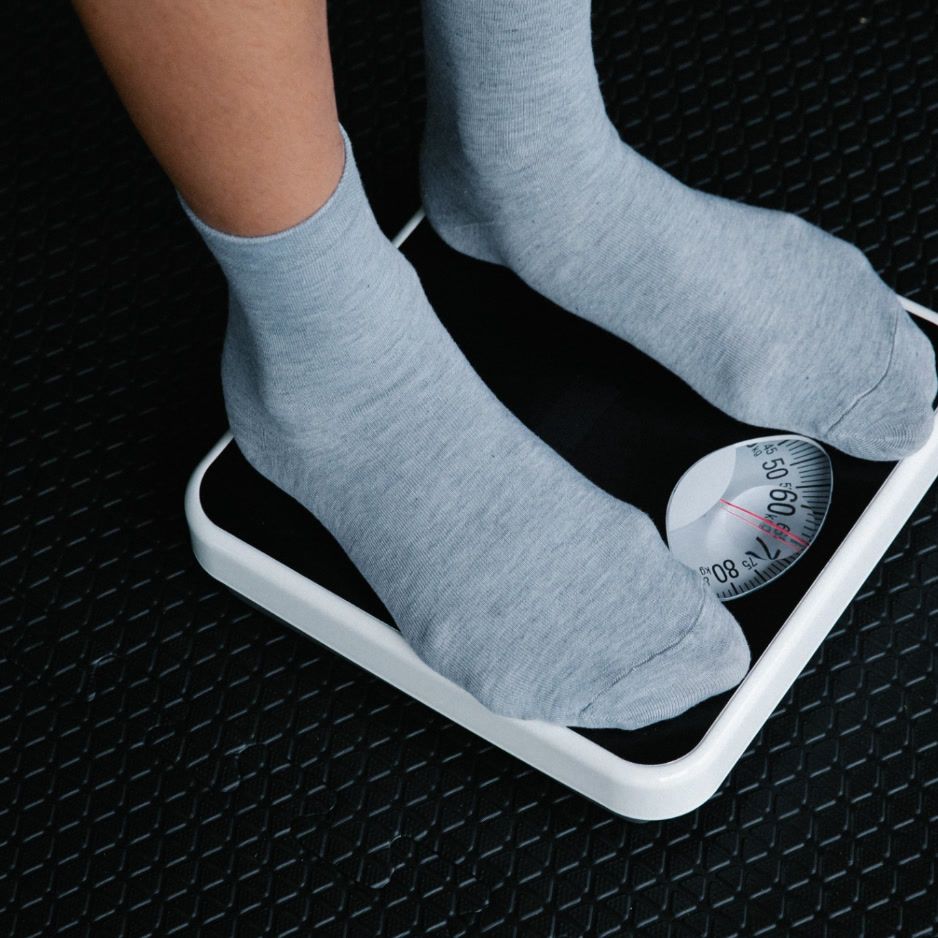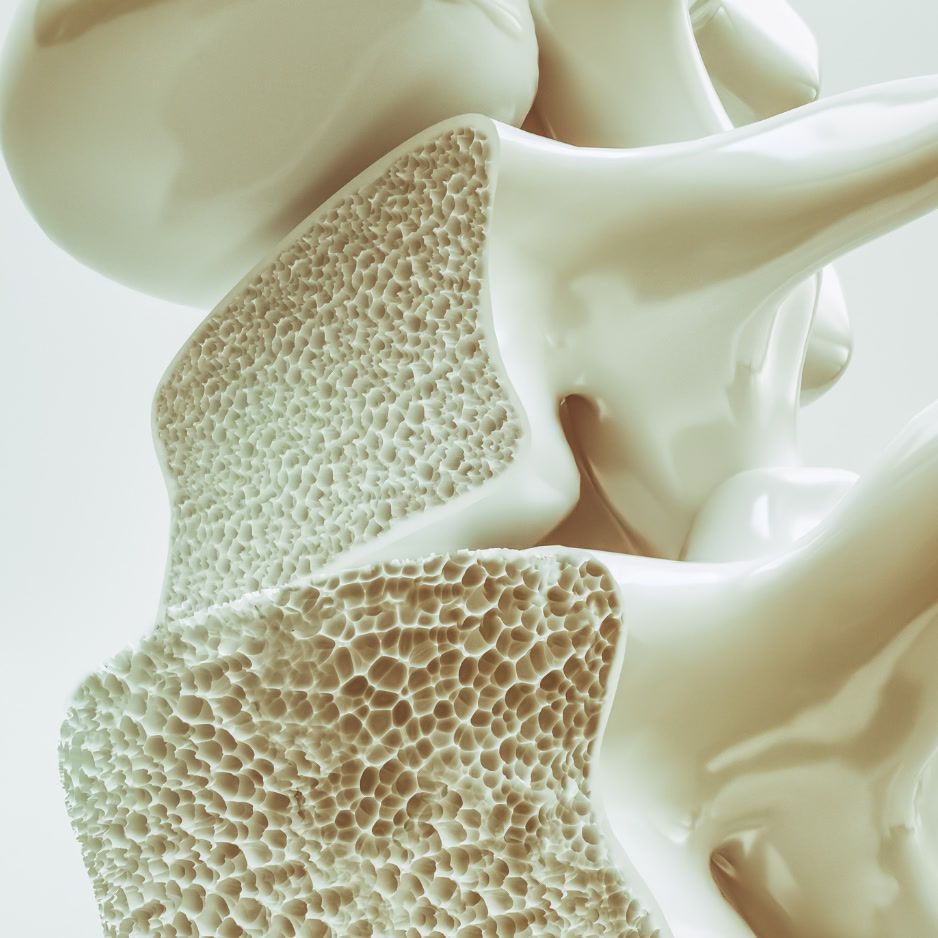Peptide Sciences: Guide to Quality, Purity & Safe Buying
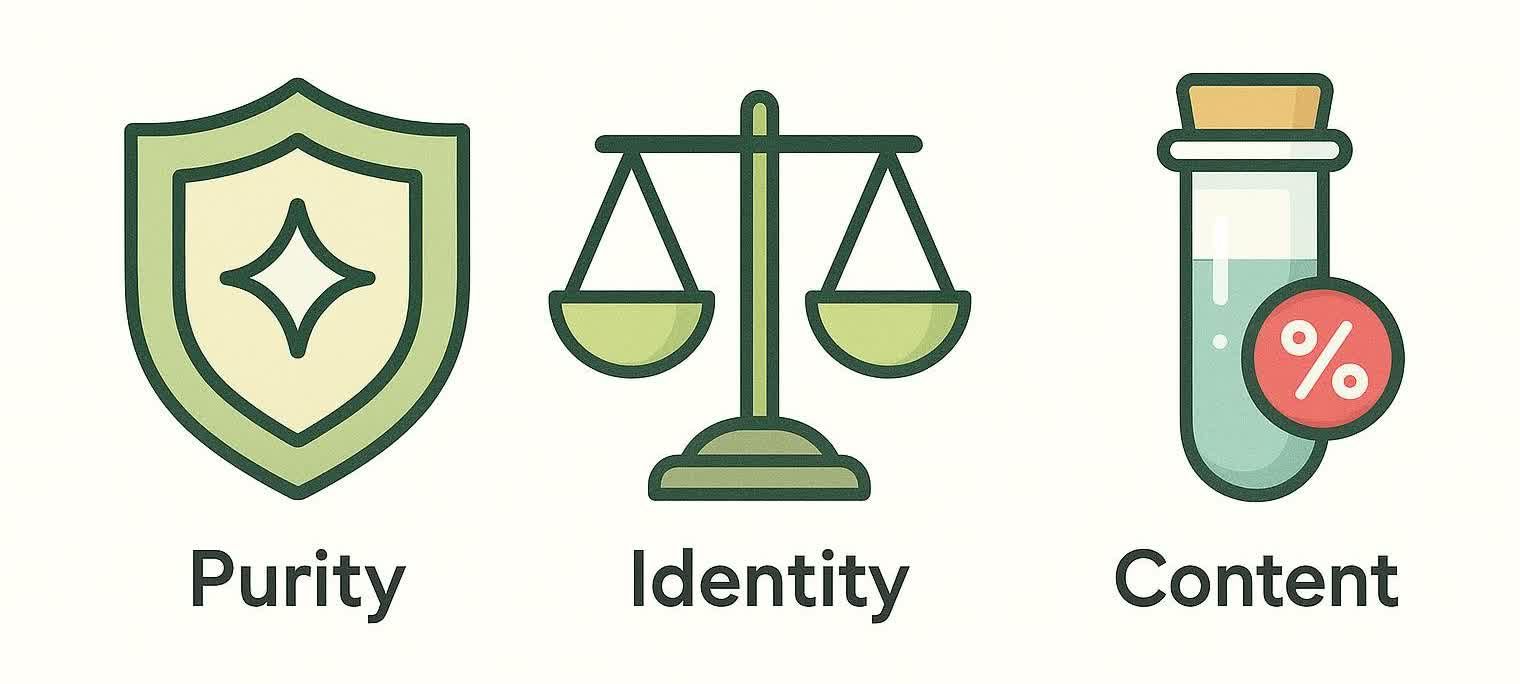
Peptide Sciences: Guide to Quality, Purity & Safe Buying
If you searched “peptide sciences,” you’re likely looking for one of two things: the vendor Peptide Sciences or a detailed overview of the broader world of research peptides. This guide gives you plain‑English checklists to read a Certificate of Analysis (COA), spot quality signals, and compare vendors—so you can buy smarter and safer.
TL;DR
- “Peptide sciences” can mean the US‑based vendor Peptide Sciences or the general field of peptide research.
- A trustworthy COA should include: RP‑HPLC purity with a chromatogram + method details, mass spectrometry (MS) for identity, batch/lot + date, and storage conditions.
- Purity ≠ dose. HPLC purity looks at the peptide vs. other peptide‑like impurities. Net peptide content tells you how much of the vial’s weight is actual peptide (water/salts don’t count).
- Research grade ≠ GMP grade. Developing a drug for human use requires stricter GMP‑grade documentation, which differs from standard “research only” products.
- Many peptides online are not approved for human use. Responsible vendors label clearly and publish QC data.
COA 101: How to Read a Peptide Certificate of Analysis
A good COA helps you confirm what’s in the vial and how to handle it.
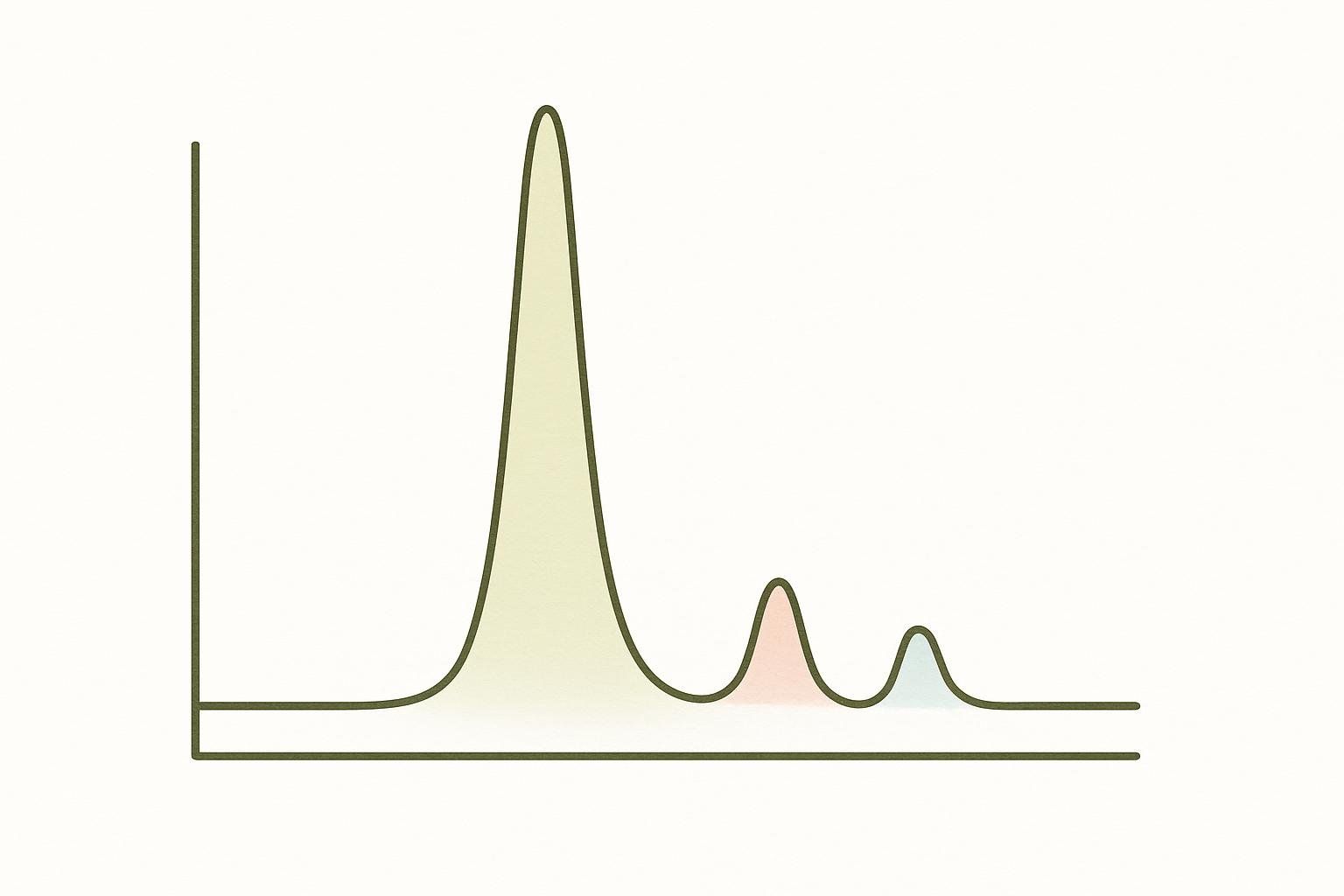
1) RP‑HPLC Purity (look for a chromatogram and method)
In simple terms: HPLC is like a filter that separates your main peptide from side products. You’ll see a graph (chromatogram) with peaks; the main peak should dominate.
- Check for:
- Column type (often C18)
- Solvent gradient (water/acetonitrile + acid)
- Flow rate
- Temperature
- Detection wavelength (often 214 nm)
- Reported purity % with a retention time
These method details matter for experimental reliability, as covered in this explainer on HPLC purity.
- Why it matters: Fewer impurities = more reliable experiments and fewer surprises in bioassays.

2) Mass Spectrometry (MS) for identity
What this means: MS weighs molecules. Your COA should show an observed mass that matches the peptide’s expected mass (sometimes with small “+Na/+K” adducts). Definitions and common scenarios are summarized in these peptide quality guidelines.
3) Net Peptide Content vs. Purity (don’t mix these up)
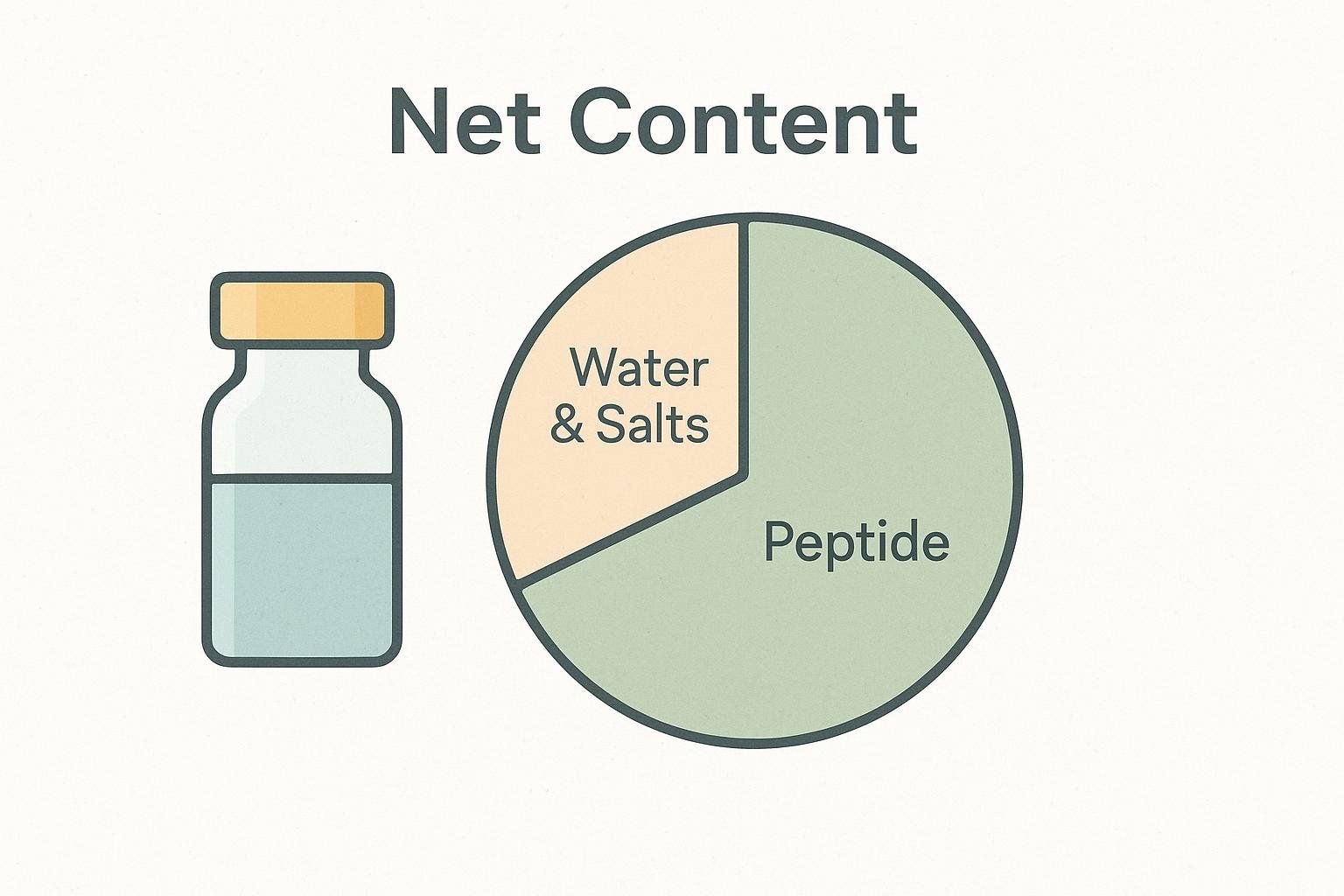
- HPLC purity = percent of your target peptide compared with other peptide‑type impurities.
- Net peptide content = percent of the vial’s weight that is actual peptide (excluding water, salts, counterions like TFA). Net content often lands 60–90% even when HPLC purity is high—see this guide to net peptide content and an overview of analytical methods for NPC and AAA.
- Why you care: Dosing. If you assume 100% content, you’ll miscalculate molarity.
4) Batch, Storage, and Handling
Look for batch/lot number, synthesis or analysis date, salt form (often TFA), storage (e.g., −20°C, dry), and reconstitution tips.
Research Grade vs. GMP: What Changes
- Research grade: Lab use only; typically includes HPLC/MS and basic QC; labeled “for research only.”
- GMP/API grade: Comes with a full quality system (validated methods, quality oversight, batch records, stability) per ICH Q7—needed for human‑use drug development. See the FDA’s ICH Q7 guidance.
If you’re doing clinical work, request Q7 documentation and consider a supplier audit. For bench work, prioritize complete COAs and consistent lot‑to‑lot data.
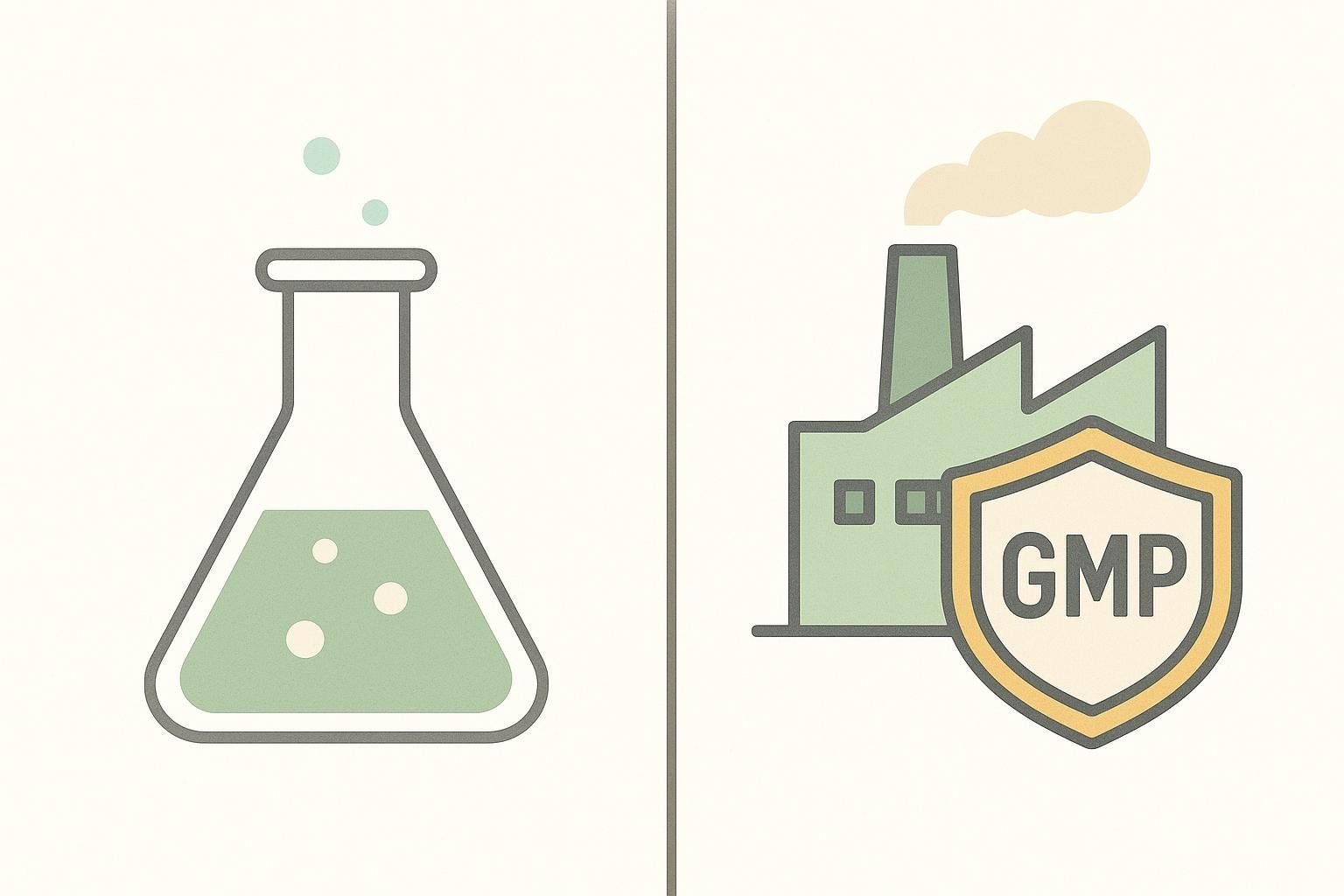
How to Compare Vendors (Peptide Sciences Included)
Use this quick checklist to evaluate any supplier:
- COA completeness: HPLC chromatogram + method; MS identity; batch/date; storage.
- Purity targets: ≥95% for most research; ≥98% for sensitive assays.
- Net peptide content: Reported via AAA/elemental/UV; salt form disclosed.
- QC methods: HPLC + MS minimum; orthogonal checks add confidence.
- Manufacturing transparency: Country of origin; in‑house vs. outsourced; typical lead times.
- Batch consistency: Historical QC within spec across lots.
- Documentation: For GMP needs, ask for ICH Q7 packet; for research, lot‑specific COAs.
- Shipping & storage: Cold‑chain options, lyophilized format, clear handling.
- Tech support: Helpful notes on impurities and solubility save time.
Example: Peptide Sciences publicly emphasizes US manufacturing and HPLC/MS QC with high stated purity. Still, request the lot‑specific COA before you buy.
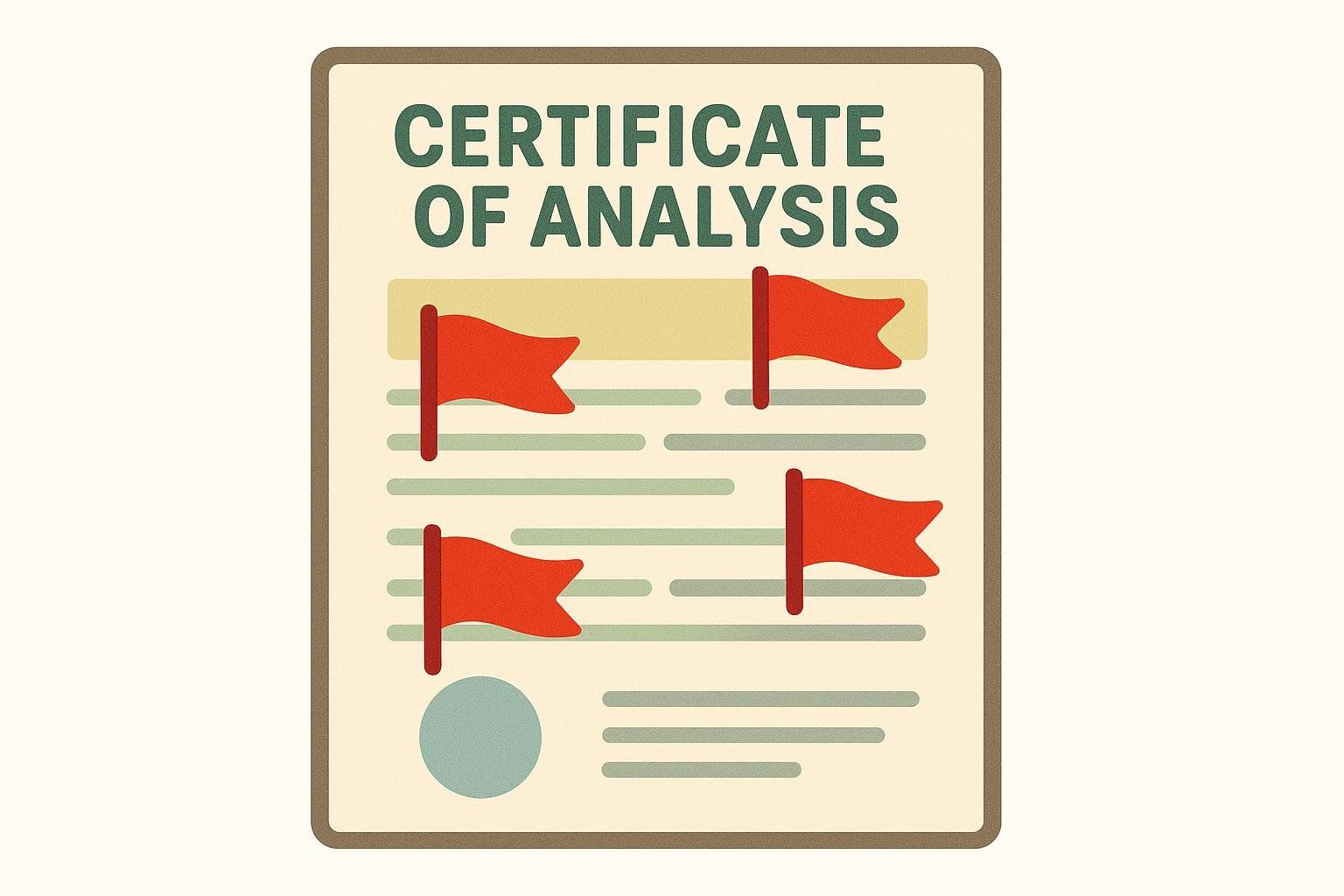
Red Flags on a Peptide COA
- Purity % is listed but no chromatogram or method details.
- No MS data, or masses don’t match without explanation.
- Missing batch/lot, date, storage, or salt form.
- Claims like “>99% purity” but no net peptide content or method to support it.
- Labeled for human use while offering only research‑grade documentation.
Safety, Legality, and Smart Next Steps
- Many peptides sold online (e.g., BPC‑157, melanotan) are not FDA‑approved for human use and are often sold as “research chemicals.” As reported by STAT News in 2025, social media hype can blur safety lines.
- Reputable vendors clearly mark “for research only; not for human consumption.” They also publish QC data and storage/handling instructions—see the Peptide Sciences site.
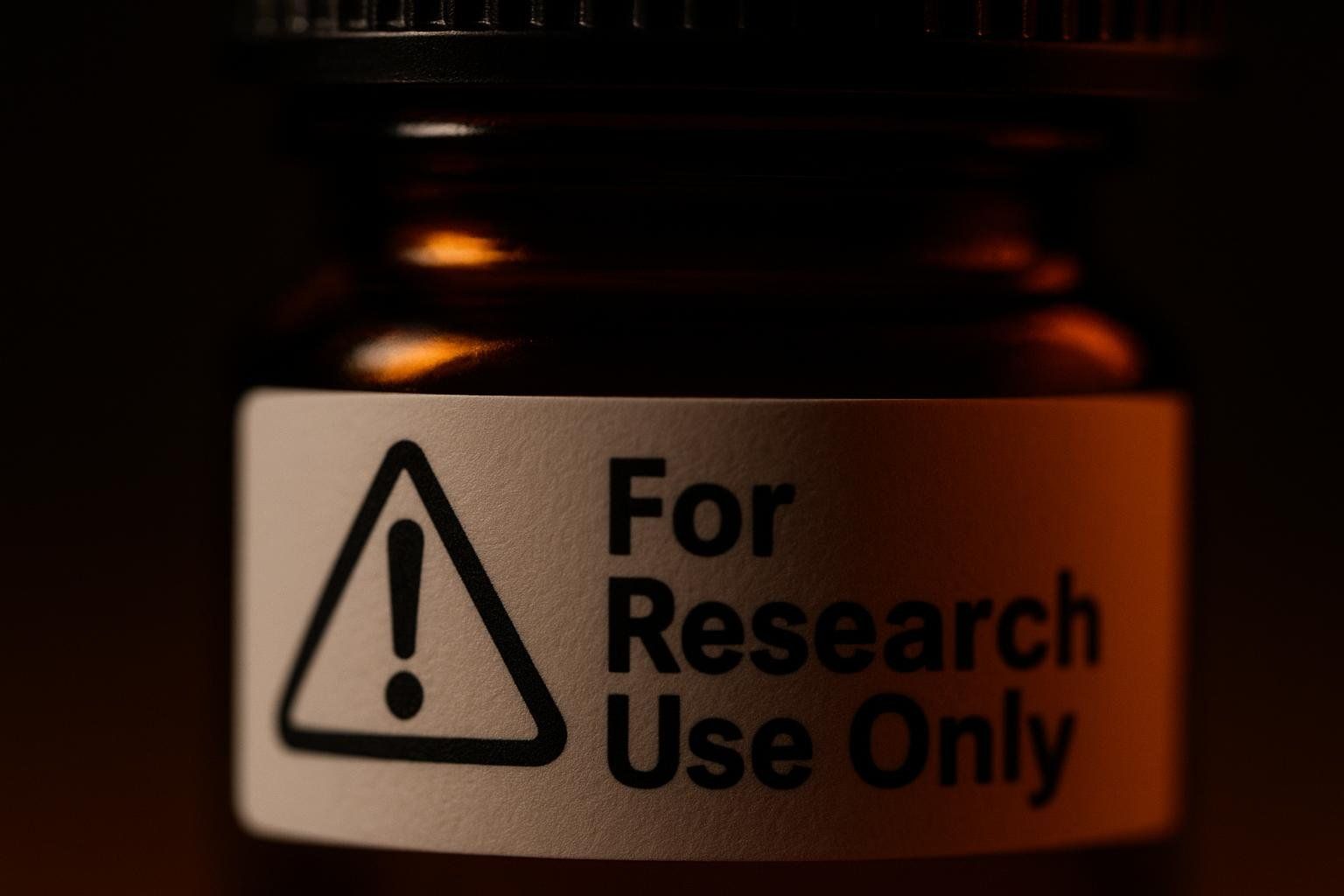
If your interest is general wellness, start with our guide on what peptides are used for, explore the science of peptides for weight loss, and track change by interpreting your DEXA scan results.
Quick FAQ
- Is 99% purity always “better”? Higher HPLC purity helps reduce confounders, but dosing still depends on net peptide content (water/salts don’t count toward active). Check both numbers.
- Does HPLC prove the sequence? No. HPLC shows separation and relative purity. MS confirms mass/identity. Together they build confidence.
- What purity should I order? For many lab assays, ≥95% is fine. For more sensitive work, go ≥98%.
- Do I need GMP? Only if your work touches human use or clinical development; then you’ll need ICH Q7‑level documentation.
A Simple Buying Checklist
- Shortlist vendors (including Peptide Sciences) that publish complete COAs.
- Ask for a lot‑specific COA before purchase; verify HPLC method, purity %, retention time, and MS match.
- Confirm salt form and net peptide content for accurate dosing.
- Match grade and documentation to your use case (Research vs. GMP/clinical).
- On arrival, verify labeling, storage, and packaging; store as instructed.
- For critical work, confirm with a quick in‑house analytical RP‑HPLC run before key experiments.
Bottom Line
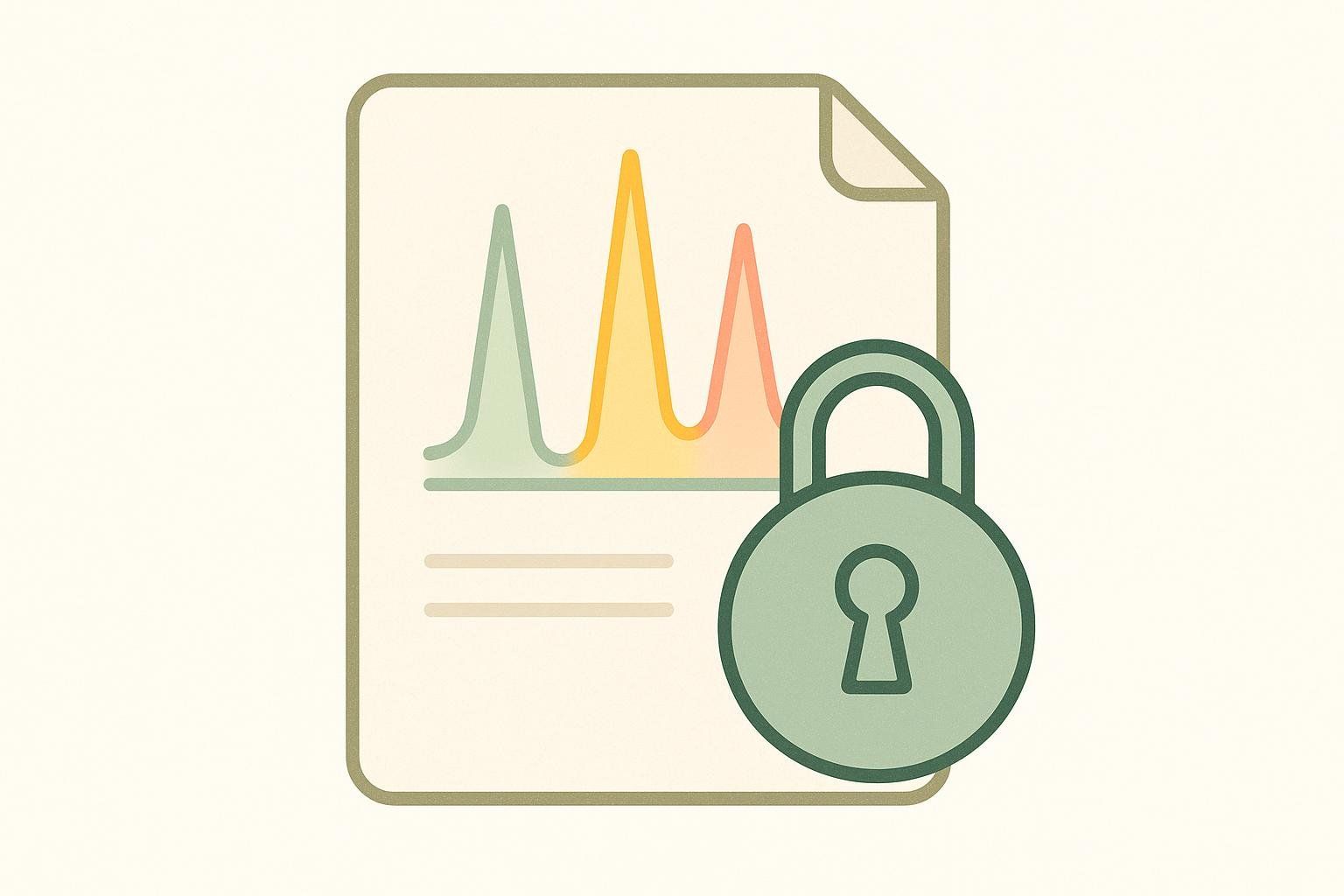
If you’re evaluating Peptide Sciences or any peptide supplier, your best safeguard is a clear, complete COA. Look for an HPLC chromatogram + method, MS identity, net peptide content, and proper storage details—and make sure the grade fits your use case. When vendors are transparent, buying gets simpler and safer.
This article is for educational purposes only. BodySpec does not sell peptides. Research chemicals are not for human consumption. For any therapeutic use, consult licensed healthcare professionals and use FDA‑approved products.
